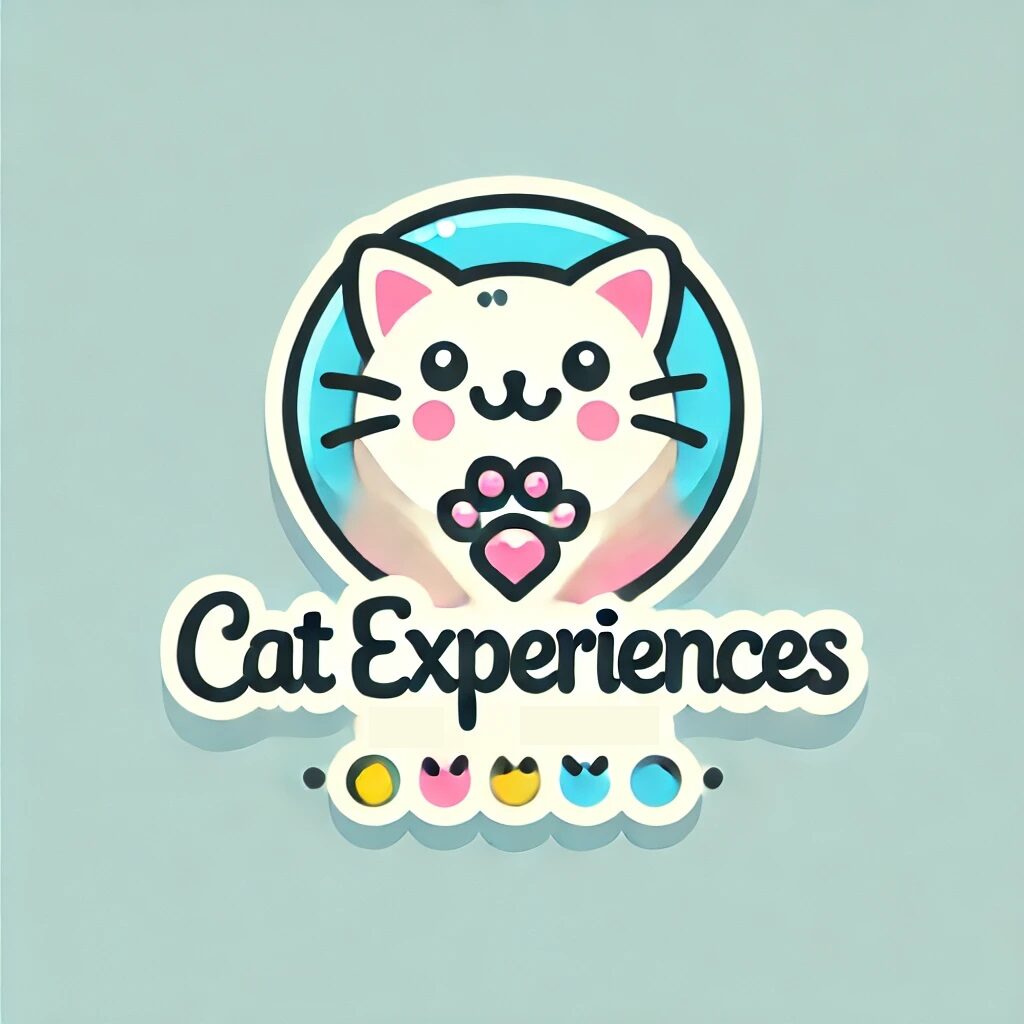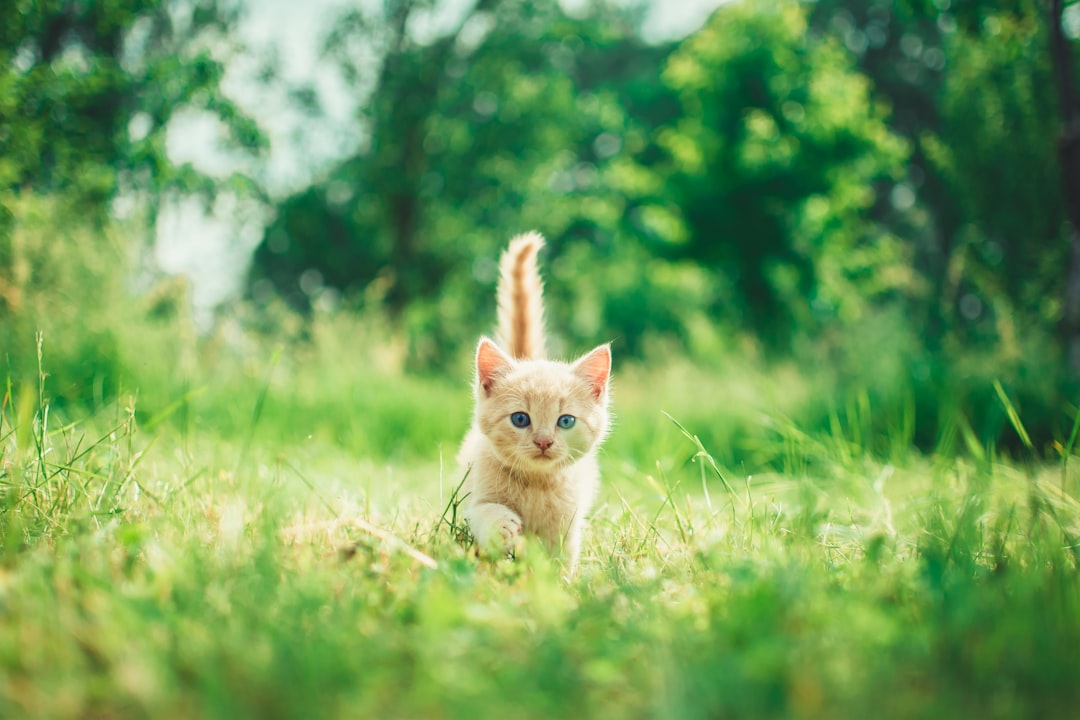Choosing the right diet for your feline friend can feel like a daunting task, especially with all the options swarming around like an overzealous catnip high. Enter grainfree cat food, the trendy choice that promises fewer allergens and a protein-packed punch. But what does “grain-free” really mean for your kitty? Fear not, as we dive into the nutritional benefits, potential health considerations, and tips for making this transition smoother than your whiskered one’s fur. Let’s uncover why this diet might just be the purr-fect fit for your beloved companion!
Understanding Grain-Free Cat Food
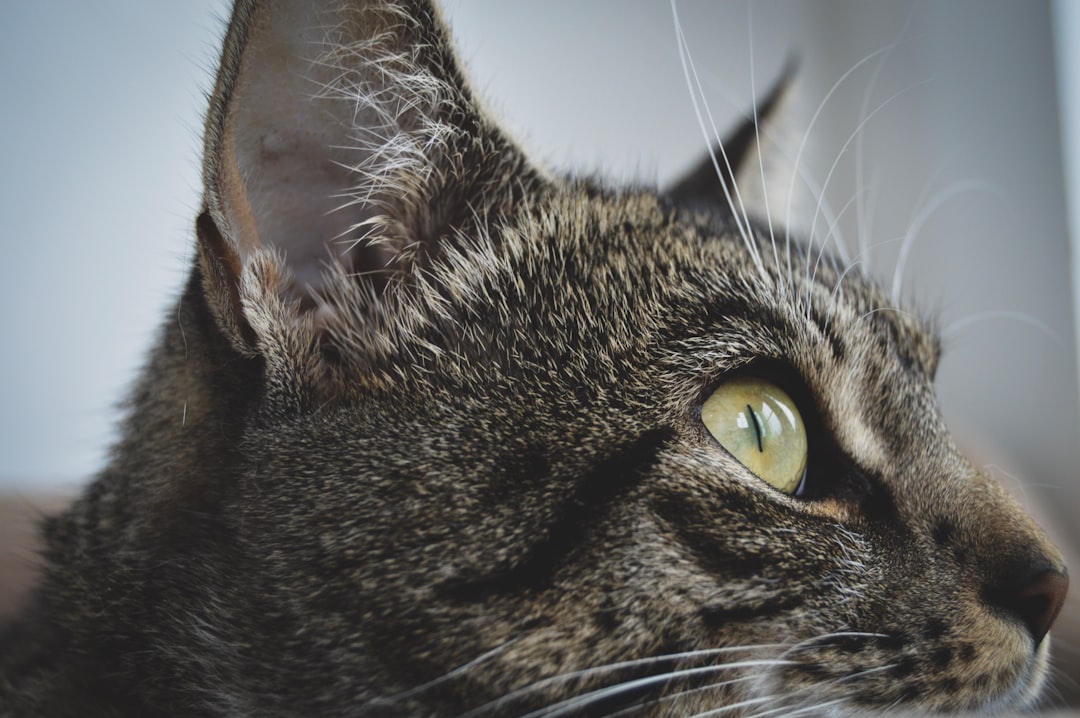
When it comes to feeding your feline friend, the debate between grain and grain-free diets often resembles the epic clash of titans. Grain-free cat food has become a popular choice for many cat lovers, and for good reason!
Here’s the scoop:
- What is it? Grain-free cat food is formulated without common grains like wheat, corn, and soy, focusing instead on meat-based proteins.
- Why consider it? Cats are obligate carnivores, which means their digestive systems are designed to thrive on proteins rather than carbohydrates. Without grains, you may see an increase in energy levels and overall health.
- Who benefits the most? Cats with grain sensitivities, food allergies, or those who simply want to channel their inner lion, may find grain-free cat food more suitable.
In summary, embracing grain-free cat food might just be the culinary upgrade your cat needs. Just remember, every little change counts and it’s crucial to tailor their diet to their specific needs!
Nutritional Benefits of Grain-Free Diets
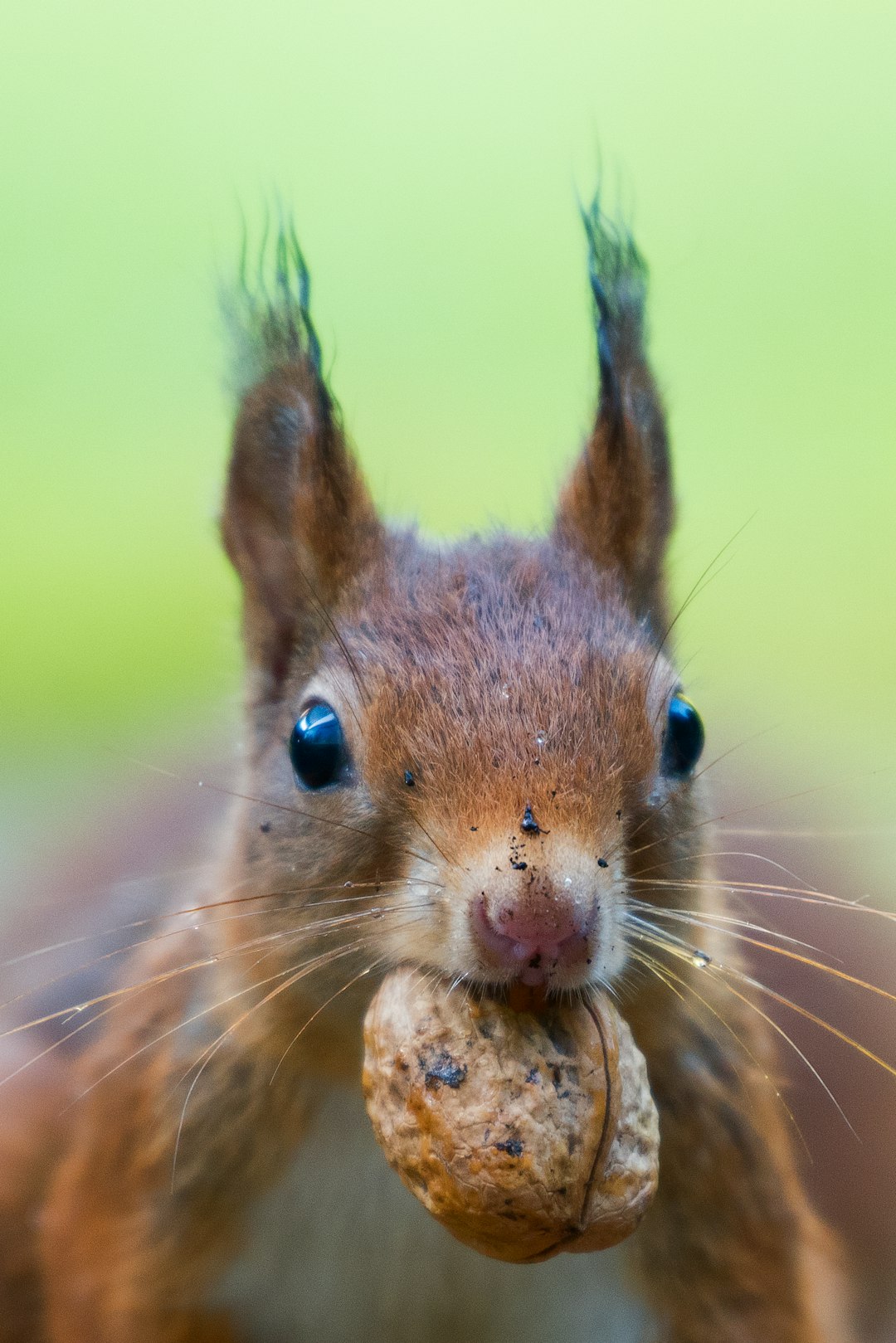
When it comes to feline nutrition, grain-free cat food often takes the spotlight! Here’s why:
- High in Protein: Packed with animal-based proteins, it mimics your cat’s natural diet and supports muscle growth and maintenance.
- Low Carbohydrates: Grain-free cat food often contains fewer carbs, which can help prevent obesity and manage weight.
- Easier Digestion: Without grains, some kitties experience less digestive stress—goodbye, tummy troubles!
- Better Skin and Coat: Many grain-free options include fatty acids that can lead to a shinier coat and healthier skin.
Let’s compare some common ingredients in grain-free cat food versus traditional options:
| Ingredient Type | Grain-Free Cat Food | Traditional Cat Food |
|---|---|---|
| Protein Source | Chicken, fish, or beef | Corn, wheat meal |
| Carbohydrate Source | Sweet potatoes, peas | Rice, corn, grains |
| Fillers | Minimal or none | Higher filler content |
In essence, switching to grain-free cat food might just be the key to unlocking your cat’s best self! Just remember, every feline is unique, so consider their specific needs and preferences when making dietary changes.
Common Ingredients in Grain-Free Cat Food
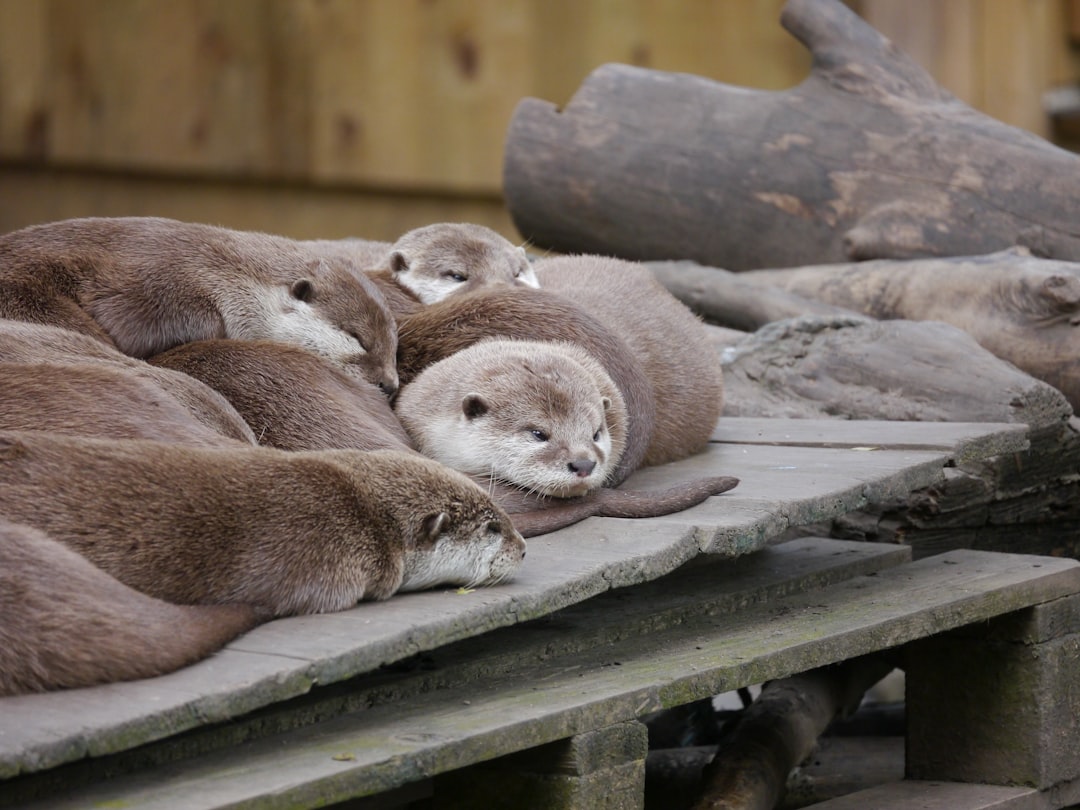
When it comes to grainfree cat food, the ingredients list often resembles a chef’s best-kept secrets rather than a standard feeding regimen. So what magical components make these diets tick? Here’s a quick peek behind the culinary curtain!
Typical Ingredients Include:
- High-Quality Proteins:
- Chicken
- Turkey
- Salmon
- Beef
- Healthy Fats:
- Fish oil
- Chicken fat
- Digestible Carbohydrates:
- Peas
- Potatoes
- Sweet potatoes
- Fruits and Vegetables:
- Blueberries
- Carrots
- Spinach
Why They Matter:
- Protein Power: Cats are obligate carnivores, and high-quality protein keeps their muscles strong and their energy levels high.
- No Grains, No Problem: Substituting grains for veggies provides essential nutrients without the potential for allergens.
- Healthy Fats for Healthy Cats: Fats support a shiny coat and healthy skin, a crucial aspect of feline beauty if you ask any cat!
In essence, “grainfree cat food” not only kicks grains to the curb but replaces them with fabulous, nutritious alternatives that your feline will adore!
Potential Health Considerations
While grainfree cat food may seem like the holy grail for your feline friend, it’s essential to consider a few potential health considerations. Here’s the lowdown:
- Protein Source: Grain-free diets often rely on alternative proteins. Ensure that the chosen protein is high-quality and appropriate for your cat’s dietary needs. Poor protein sources can lead to digestive issues or allergies.
- Nutrient Balance: Sometimes, manufacturers might overcompensate for the absence of grains, leading to unbalanced diets. Always check that the grainfree cat food is enriched with essential vitamins and minerals.
- Weight Concerns: High protein can equal high calories! Keep an eye out for your cat’s weight. A sudden diet change can turn your fluffy friend into a chubby one.
- Heart Health: Recent studies have pointed to potential links between grainfree cat foods and dilated cardiomyopathy (DCM). So, before diving into the grain-free world, run it by your vet.
In short, choosing grainfree cat food requires a little detective work. Balancing benefits with possible risks will keep your whiskered companion healthy and happy!
Identifying Quality Grain-Free Brands
When it comes to choosing grain-free cat food, not all brands are created equal. To help you navigate the cereal-less jungle, here are some vital tips for spotting the crème de la crème in grain-free options:
- Check Ingredients: Look for high-quality protein sources like chicken, turkey, or fish listed first. Avoid meat by-products and fillers like corn or soy.
- Nutritional Balance: A good grain-free cat food should provide essential nutrients, including vitamins, minerals, and amino acids. Look for AAFCO (Association of American Feed Control Officials) statements on the packaging to ensure it meets their standards.
- Research Brands: Get the scoop on brands. Look for those with a solid reputation for safety and transparency. Popular brands often have extensive customer reviews.
- Avoid Artificial Additives: Choose products free from artificial colors, flavors, and preservatives—your kitty wouldn’t want anything unnatural!
| Brand | Protein Source | AAFCO Approved | Artificial Additives |
|---|---|---|---|
| Whiskers & Co. | Chicken, Salmon | Yes | No |
| Feline Feast | Turkey | Yes | Yes |
| Gourmet Grainsless | Duck, Chickpeas | Yes | No |
By picking a quality grain-free cat food, you’re one step closer to ensuring your feline friend enjoys a balanced, fulfilling diet. Happy hunting!
Adjusting Your Cat’s Diet: Transition Tips
Transitioning to grainfree cat food can be an exciting journey, but it requires a little finesse to keep your feline friend purring with joy. Here are some tips to make the switch smoother than a cat’s reflexes:
- Gradual Introduction: Start by mixing a small amount of the new grainfree cat food with their current food. For example, try a ratio of 75% old food to 25% new food for the first few days. Gradually increase the percentage of the new food over the week.
- Observe Reactions: Keep a close eye on your cat’s behavior and digestion. Note any changes in their energy levels or litter box habits. If they seem a bit off, slow down the transition.
- Consistency is Key: Stick to a feeding schedule. Cats thrive on routine, so offer meals at the same time each day.
- Stay Hydrated: Encourage your cat to drink water throughout the transition. A well-hydrated cat is a happy cat!
By following these simple steps, your kitty can gradually embrace the world of grainfree cat food while staying healthy and happy.
Adjusting Your Cat’s Diet: Transition Tips
Transitioning to grainfree cat food doesn’t have to feel like sending your cat off to college. With a little finesse and strategy, you can make this dietary switch smooth and enjoyable for your feline friend. Here’s how to avoid cat-astrophe during the switch:
- Gradual Introduction: Start by mixing the new grainfree cat food with their current food. A daily ratio of:
- Days 1-3: 75% old food, 25% new food
- Days 4-6: 50% old food, 50% new food
- Days 7-10: 25% old food, 75% new food
- Day 11 onwards: 100% grainfree cat food
- Monitor Reactions: Keep an eye on your kitty’s behavior and health. A little extra excitement (or a lot of purring) means you’re doing it right!
- Hydration Matters: Ensure your furry companion has access to fresh water. A high-protein, grain-free diet can sometimes lead to dehydration.
- Patience is Key: If your kitty gives you the stink eye at first, don’t worry! New tastes take time to get used to.
By employing these tips, your cat will be strutting around with newfound energy and enthusiasm on their grain-free journey!
Consulting with Your Veterinarian
Before making any changes to your cat’s diet, it’s crucial to consult with your veterinarian. They are your feline’s best friend when it comes to nutritional advice! Here’s why you should include them in your grainfree cat food journey:
- Personalized Guidance: Every cat is unique, and your vet can tailor recommendations based on your kitty’s age, weight, activity level, and health conditions.
- Nutritional Balance: Grain-free doesn’t mean nutritionally void. Your vet ensures that the grainfree cat food you choose provides all the essential nutrients your cat needs.
- Health Monitoring: Transitioning to a new diet can come with surprises. Regular check-ins will help monitor your cat’s health and make necessary adjustments.
- Avoiding Allergies: Some cats may have specific allergies or sensitivities. Your vet can help identify if grain-free food is a good match or if another option is better.
In short, your vet is your secret weapon for making informed decisions about grainfree cat food. So, pick up that phone and schedule that chat—your cat will thank you!
Frequently Asked Questions
What are the benefits of grain-free cat food?
Grain-free cat food can be a delightful option for your cat, especially if they’re part of the sensitive stomach club! It often features high-quality protein sources, which can translate into healthier muscles and more energy for those relentless chases of invisible monsters in your living room. Plus, sans grains, your feline’s food is usually easier to digest, reducing the likelihood of unpleasant allergic reactions or cozy tummy troubles. Basically, it’s like giving your kitty a gourmet dining experience while supporting their overall health!
Can all cats safely eat grain-free diets?
Not every feline is a perfect candidate for a grain-free diet, just as not every cat can moonlight as a magician! Cats that have specific health issues such as pancreatitis or certain allergies should consult their vet before making dietary changes. Additionally, if your cat has been perfectly happy munching on kibble that includes grains, there might be no need to change their menu. Always check in with your trusty veterinarian before whisking away those grains—it’s like consulting a wise sage before embarking on a great adventure!
Are there any downsides to grain-free cat food?
Yes, while grain-free cat food can be a purr-fect addition to your kitty’s diet, it isn’t all sunshine and rainbows. Some brands might substitute grains with high-carb ingredients like peas and lentils, which can lead to unintended weight gain if your furry friend is prone to lounging instead of leaping. Also, always keep an eye out for any potential nutritional deficiencies, as grain-free foods can sometimes skimp on essential vitamins and minerals that help keep your feline in their prime. Balancing their diet is key—no one wants a kitty with a vitamin deficiency or a tire around its tummy!
How do I transition my cat to a grain-free diet?
Transitioning your kitty to a grain-free diet is akin to introducing them to a new dance move—slowly and with plenty of encouragement! Begin by mixing their current food with the grain-free option in incremental amounts over a span of about a week. Start with a 75% old food to 25% new food ratio, and gradually shift that balance until your cat is fully embracing their new cuisine. Monitor their reactions like a hawk—keep an eye out for any signs of digestive issues or culinary disdain. If they appear less than thrilled or if their tummy starts to grumble ominously, don’t hesitate to slow down the transition or consult with your vet for expert advice.
